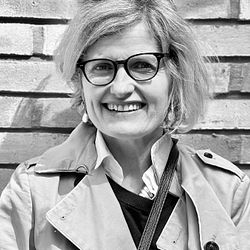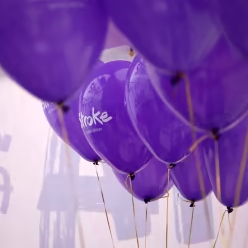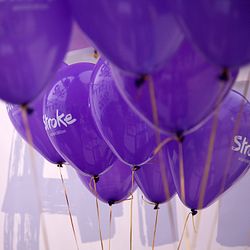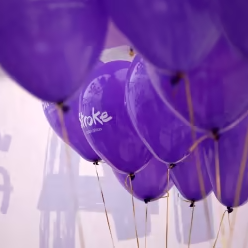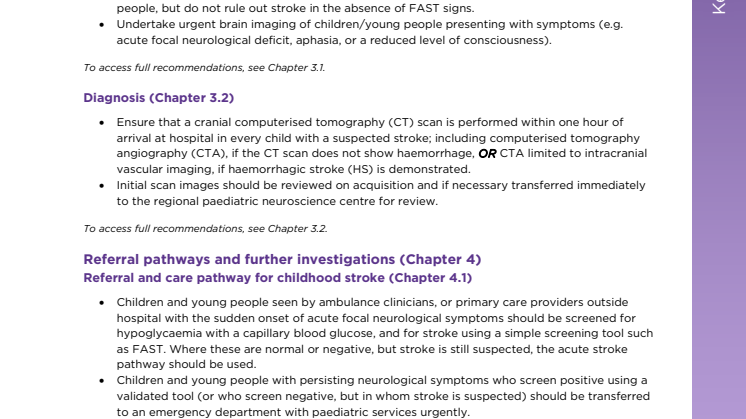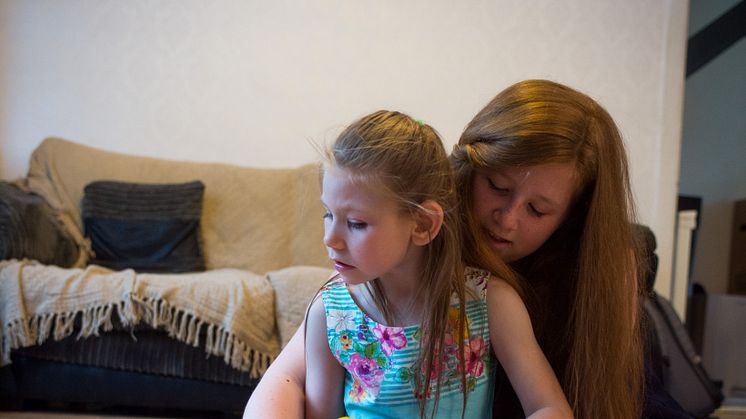
News -
Royal College of Paediatric and Child Health and the Stroke Association launch new childhood stroke guidelines
Healthcare professionals, parents and young people are being urged to familiarise themselves with the signs of childhood stroke to help prevent potentially devastating effects, as a new clinical guideline from the Royal College of Paediatrics and Child Health (RCPCH) and the Stroke Association launches today.
Around 400 children in the UK have a stroke every year, leaving many with severe physical and mental impairments. Experts say that with better knowledge of the signs of childhood stroke amongst doctors and parents, and with clear guidelines in place for effective rehabilitation, children should receive diagnosis and appropriate treatment more quickly, minimising the risk of severe long-term health problems.
The extensive guidelines are the first to be truly multidisciplinary – and should be a useful tool for a range of professionals including therapists, psychologists, ambulance staff as well as those working in education.
Dr Vijeya Ganesan, a paediatric neurologist and spokesperson for the Royal College of Paediatrics and Child Health, said:
“Although much less common than in adults, stroke is a devastating childhood illness, leaving permanent effects on most affected children. Early recognition is important to direct children towards rapid diagnosis and treatment. Many children with symptoms or signs that suggest stroke may have other serious neurological disorders and could also benefit from the changes in approach recommended by the guideline. The guidelines also provide comprehensive information on how to best manage the long term needs of children, particularly rehabilitation.”
Liz Thomas, a parent representative working with the multiprofessional guideline development group who also has been involved in putting together the parent guideline, shared how her daughter suffered a stroke when she was 10:
“There was nothing wrong with my daughter before she had her stroke. She’d always been a really healthy child – she was fit, she ran, danced – she was a great ballet dancer. It’s fair to say that she has really suffered because of the stroke. She’s been left with quite severe physical disabilities and has permanently lost the use of her left hand and arm. She has some problems with memory and processing. She also suffers from fatigue and sometimes gets depressed. All the normal things she might have hoped to enjoy as teenager are now so much harder.”
The first edition of the childhood stroke clinical guideline was published over 12 years ago, and this revised edition includes specific guidelines for clinicians on how to diagnose and manage stroke in children and young people, as well as guidance for parents, carers, and families on spotting signs and how to care for a child who has suffered from a stroke. For the first time, the guidelines set out criteria for ‘clot busting’ treatments for childhood stroke, which are currently routinely considered for adults.
The guidelines include signs for spotting strokes in children:
- Most children experiencing a stroke will have similar difficulties to those observed in adults suffering from strokes, specifically weakness of the face, one side of the body and difficulty with speech. These signs have been highlighted as part of the ‘FAST’ campaign for recognising stroke in adults but apply at all ages.
- Less commonly, childhood strokes may present with seizures or fits affecting one part of the body or, rarely, a new onset sudden severe headache.
- Many children affected by stroke will have non-specific signs of illness, such as a decrease in conscious level or vomiting.
The clinical guideline also includes details of what tests should be performed, how to diagnose and treat stroke and prevent recurrences. The entire rehabilitation pathway, from the initial period in hospital, through to going back home and to school and important periods of childhood transition, are covered in the guidelines.
Juliet Bouverie, Chief Executive of the Stroke Association, said:
“Childhood stroke is often extremely frightening and stressful for children and their families. Far too few people realise that a child can have a stroke, which means diagnosis and treatment can take longer than for older patients. Whatever age you are, when stroke strikes, quick diagnosis is vital. We are pleased this latest guideline clearly states a scan should be carried out within one hour of arrival at hospital for every child with a suspected stroke.
“It is particularly helpful that a parent and carers’ version accompanies this guideline to ensure that families are fully informed and know what to expect. Stroke can be devastating, and we need to make sure that every child who has a stroke receives timely and appropriate care to allow for the best recovery possible.”
Liz Thomas continued:
“The impact of a childhood stroke on any family is devastating. There’s certainly an element of shock – you’ve had a previously healthy child and suddenly you’re in a world dealing with hospitals, disability, long-term rehabilitation and educational problems. And of course the other children in the family tend to get less attention when you’re concentrating on a child with major disabilities.
“This guidance will be incredibly useful and we need to make as many parents as possible aware of it. It’s important that doctors don’t rule out stroke as a possible diagnosis; it isn’t just a disease of the elderly. If you’re able to spot the signs of childhood stroke early and the right medical help is given quickly, there’s a chance that some of the long term health effects can be minimised – and that can only be a good thing.”
